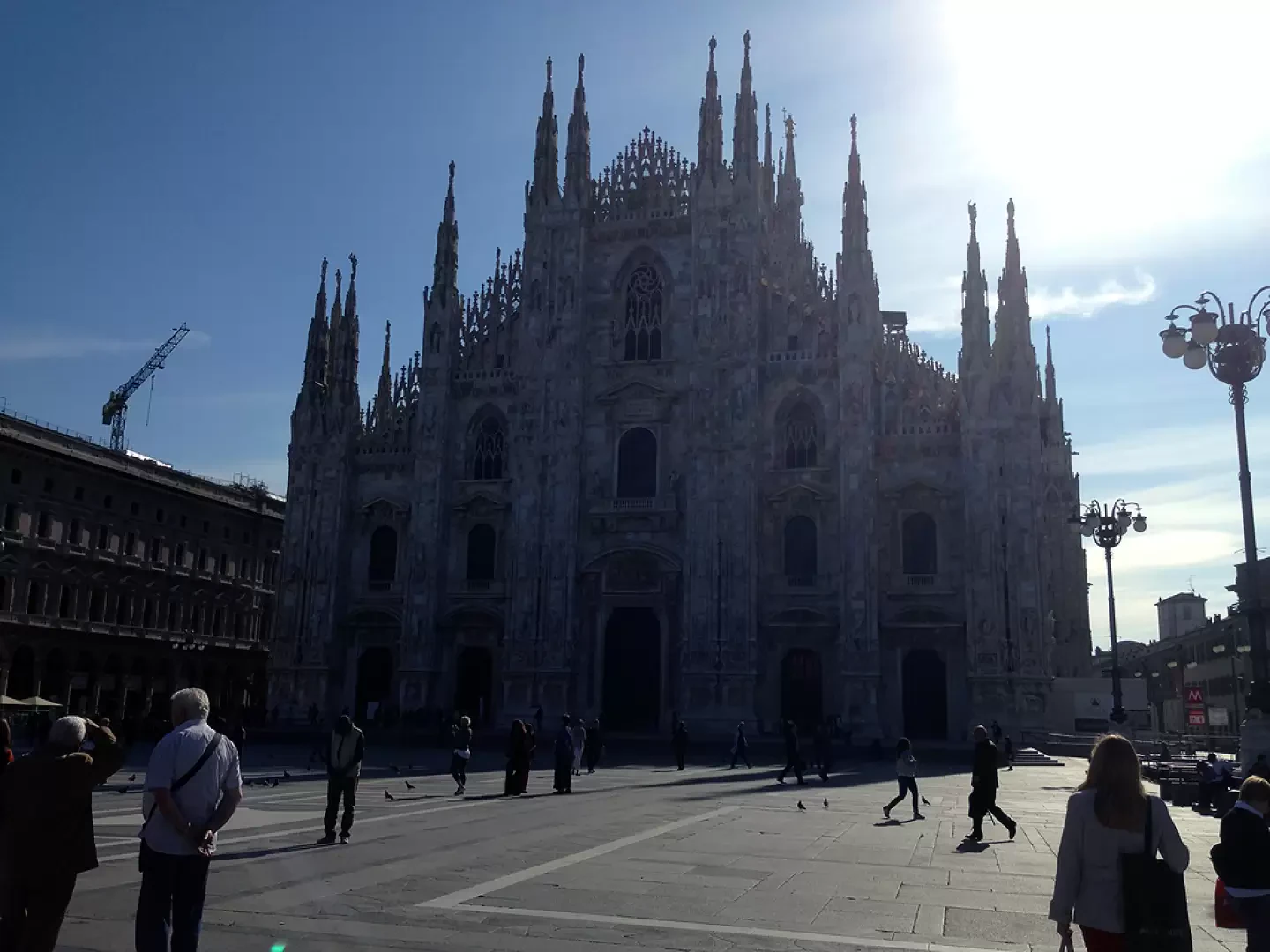Milan

Access
Milan is easily accessible thanks to a dense transport network. The main airports are Malpensa (connected to the centre by trains and shuttles), Linate (closer to the city) and Orio al Serio (Bergamo, mainly used by low-cost airlines). The most important railway stations are Milano Centrale, Porta Garibaldi and Cadorna, with national and international connections. The motorway connects Milan to Bologna and Naples, the to Turin and Venice, while the / links it to Switzerland. The provincial road network is well developed, with ring roads and highways facilitating travel in Lombardy.
Introduction
Milan, the capital of Lombardy, is one of Italy's most dynamic and cosmopolitan cities. Located in the Po Valley, it is a crossroads of culture, finance and innovation, with a history rooted in Roman times. Founded by the Celts and then developed under the Roman Empire under the name of Mediolanum, Milan has always been a centre of power and creativity, from the age of the Communes to the Renaissance, to today's role as the economic and fashion capital.
Description
Milan is located in a flat area, crossed by several watercourses such as the Olona, Lambro and Seveso, although the best known river is the Naviglio Grande, part of an ancient canal system nowadays developed for tourism. Despite urbanisation, the city offers green oases such as Parco Sempione, the Indro Montanelli Public Gardens and Parco Nord, ideal for walks and outdoor activities. The average altitude is about 120 metres above sea level, with a continental climate characterised by cold winters and wet summers.
The origins of Milan date back to the 4th century BC, when it was founded by the Insubri Gauls. Conquered by the Romans in 222 BC, it became an important political and cultural centre, so much so that it was the capital of the Western Roman Empire under Maximian. In the Middle Ages, Milan was a powerful commune and then seignory under the Visconti and Sforza families, who transformed it into one of the richest cities in Europe. Leonardo da Vinci left some of his most famous works here, such as The Last Supper. After centuries of foreign domination, Milan played a leading role in the Risorgimento and the Unification of Italy, consolidating itself as the country's industrial and financial engine.
The economic heart of Italy, Milan is home to the Italian stock exchange and numerous multinationals. Driving sectors include finance, fashion (with events such as Milan Fashion Week), design and publishing. Local crafts boast traditions such as goldsmithing and leatherwork, while food and wine are famous for panettone, cotoletta alla Milanese and the aperitif, which originated here. Tourism plays a key role, thanks to monuments such as the Duomo, the Teatro alla Scala and the Galleria Vittorio Emanuele II.
Milan is a city of events and traditions. The patron saint's festival of Sant'Ambrogio (7 December) marks the start of the Christmas celebrations, while the Carnevale Ambrosiano (Ambrosian Carnival) is distinguished by its longer duration than in the rest of Italy. Among the most anticipated festivals are the Oh Bej! Oh Bej! Fair (early December) and the Fuorisalone, linked to the Salone del Mobile. Milanese cuisine is rich in iconic dishes, from cassoeula to ossobuco, often accompanied by a glass of wine from nearby Franciacorta.
Although it is a metropolis, Milan offers cues for nature lovers and hikers. The Navigli, with their clubs and markets, are perfect for evening strolls, while the Parco delle Groane and the Parco Agricolo Sud Milano offer cycle paths and trails away from the city chaos. For a breathtaking view, you can climb the Duomo or the Terraces of the Palazzo Lombardia. A curiosity? According to one legend, the Devil was imprisoned in a column of the Basilica of Sant'Ambrogio, leaving two holes that visitors still touch today for good luck.
Information
Area: 181.67 sq. km
Altitude:138m
Maximum elevation: Three Bridges (285m)
Number of inhabitants: 1366155 as of 31.12.2024
Name in dialect: Milan
Inhabitant name:Milanese
Patron Saint: Sant'Ambrogio (7 December)
Bordering municipalities: Arese, Assago, Baranzate, Bollate, Bresso, Buccinasco, Cesano Boscone, Cologno Monzese, Cormano, Corsico, Cusago, Novate Milanese, Opera, Pero, Peschiera Borromeo, Rho, Rozzano, San Donato Milanese, Segrate, Sesto San Giovanni, Settimo Milanese, Trezzano sul Naviglio, Vimodrone
Website: https://www.comune.milano.it